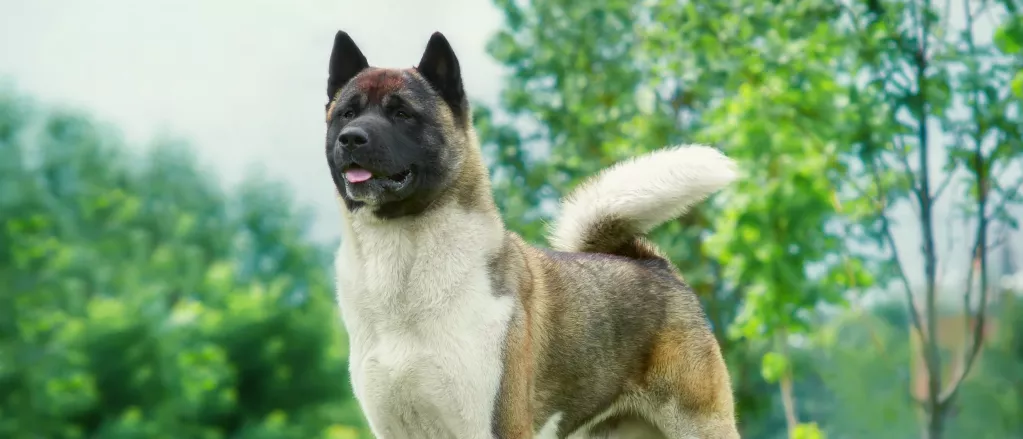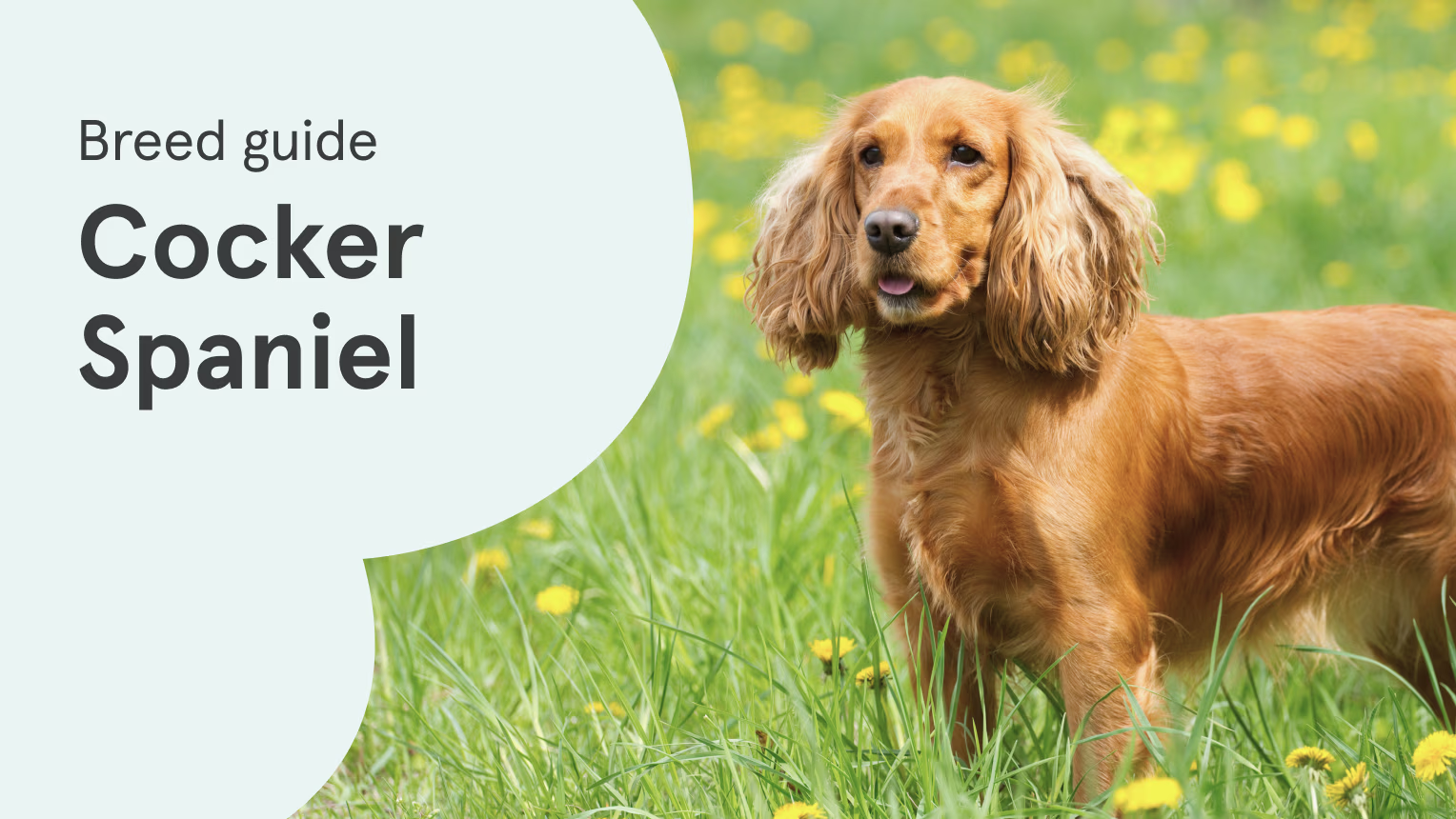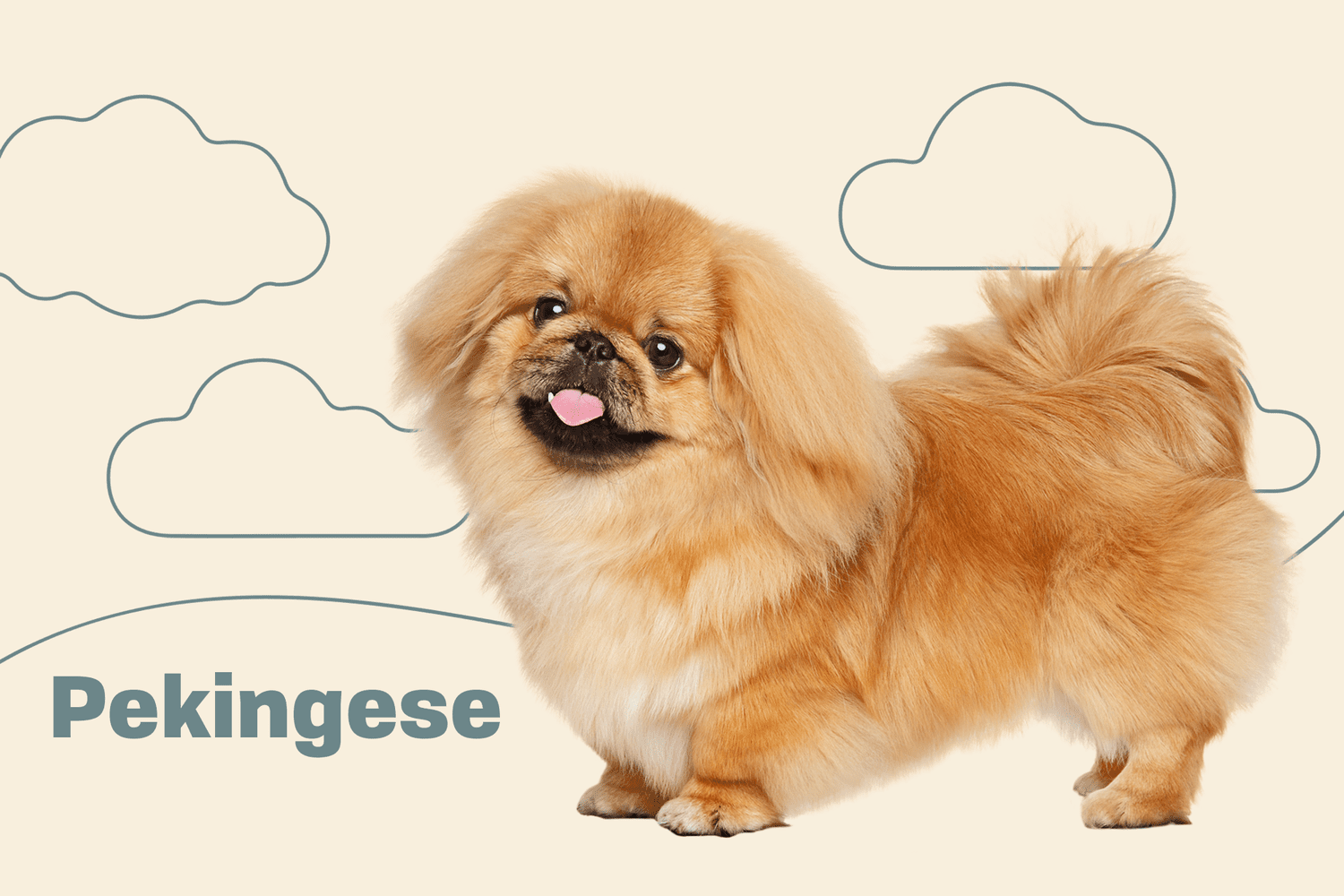Akita Dog Breed: Complete Guide, Care, Training, and More
The Akita is a powerful, dignified, and loyal breed that has captured the hearts of many dog lovers worldwide. Known for their loyalty and protective instincts, Akitas are a popular choice for families and individuals who are looking for a strong and independent canine companion. This detailed guide will walk you through everything you need to know about the Akita breed, from their history and characteristics to how to train, care for, and choose the right Akita for you. We’ll also dive into the pros and cons of owning an Akita and provide insights into their price range.
History and Origin of the Akita
The Akita breed hails from Japan, where it was originally bred for hunting large game, such as bears, wild boars, and deer. The breed was named after the Akita Prefecture in northern Japan, where they were initially developed. The Akita is a descendant of ancient Japanese working dogs and has been highly valued for its strength, courage, and hunting ability.
Akitas were once a symbol of nobility and were kept by Japanese royalty and samurai. They were known for their dignified and independent nature, traits that remain part of the breed’s personality to this day. In the 20th century, Akitas gained international fame, especially after a famous story of a loyal Akita named Hachiko, who waited for his deceased owner every day for nine years at a train station. This act of loyalty made the Akita a national symbol of fidelity in Japan.
Akita Appearance and Characteristics
Akitas are large, sturdy dogs with a strong, muscular build. Their appearance is striking, with a thick double coat that can come in a variety of colors, including white, brindle, red, and black. The coat is dense and helps them stay warm in cold climates, making them ideal for areas with harsh winters.
Key Features:
- Size: Akitas are a large breed, with males typically weighing between 100-130 pounds (45-59 kg) and females ranging from 70-100 pounds (32-45 kg). They stand about 24-28 inches (61-71 cm) tall at the shoulder.
- Coat: Their thick double coat is weather-resistant, with a soft undercoat and a harsh outer coat. Regular grooming is essential to keep the coat in good condition.
- Temperament: Akitas are known for their loyalty and protective instincts. They are also independent and reserved, often bonding closely with their families while being wary of strangers. They are confident and courageous dogs.
- Health: Akitas are generally healthy, but like all breeds, they can be prone to certain health issues, including hip dysplasia, autoimmune disorders, and hypothyroidism.
How to Choose an Akita
Choosing the right Akita is essential to ensuring a successful and fulfilling relationship with your new pet. Here are some key considerations when choosing an Akita:
- Age of the Dog: Whether you adopt a puppy or an adult Akita, it’s essential to consider your lifestyle. Puppies require more training and socialization, while adult Akitas might be more settled but could have established habits.
- Temperament: Akitas can vary in temperament, so it’s important to choose one that fits your family dynamic. If you’re looking for a calm, laid-back dog, you might opt for an adult Akita. However, if you’re willing to put in the time for training, a puppy may be a good choice.
- Breeder or Rescue: Research reputable breeders or consider adopting from a rescue. A breeder should provide health clearances for the puppy’s parents and ensure they are bred for good temperament.
- Living Situation: Akitas are large dogs and may not be suitable for apartment living. Ensure you have enough space for them to roam and exercise.
How to Train an Akita
Training an Akita requires patience, consistency, and a strong understanding of the breed’s temperament. Akitas are intelligent but can be independent and stubborn, making training a challenge. Here are some tips for successful training:
- Start Early: Socialize your Akita from a young age to prevent them from becoming overly territorial or aggressive. Exposure to different people, pets, and environments helps them become well-rounded adults.
- Positive Reinforcement: Use positive reinforcement techniques, such as treats, praise, and toys, to reward good behavior. Akitas respond better to rewards than harsh punishment.
- Be Firm but Gentle: Akitas are strong-willed, so it’s important to establish yourself as the pack leader early on. However, avoid harsh methods as this can lead to fear or aggression.
- Consistent Routine: Set up a consistent training schedule to reinforce rules and routines. Akitas thrive when they know what is expected of them.
- Obedience Classes: Consider enrolling your Akita in obedience classes. This will help with socialization and basic commands.
How to Care for an Akita
Caring for an Akita involves meeting their physical, emotional, and mental needs. Here’s a guide to their care:
- Exercise Needs: Akitas are high-energy dogs that need plenty of exercise to stay healthy and happy. Daily walks, runs, and playtime are essential to burn off their energy.
- Grooming: Due to their thick double coat, Akitas shed heavily, especially during seasonal changes. Brush their coat several times a week to prevent mats and tangles. Regular baths and ear cleaning are also necessary.
- Health Care: Routine veterinary checkups are important to monitor their health. Regular vaccinations, parasite prevention, and dental care should be part of their health routine.
- Diet: Provide a high-quality, balanced diet suited to their age, size, and energy level. Consult with your vet to determine the best food options for your Akita.
Pros and Cons of Owning an Akita
Before deciding to get an Akita, it’s important to weigh the pros and cons:
Pros:
- Loyal and Protective: Akitas are known for their loyalty and protectiveness, making them excellent guard dogs and companions.
- Low Maintenance Grooming: Despite their thick coat, Akitas don’t require frequent professional grooming, just regular brushing.
- Good Family Dog (With Proper Training): When trained and socialized properly, Akitas can be great family dogs, especially with older children.
- Cleanliness: Akitas are naturally clean dogs and are less likely to have a strong odor compared to other breeds.
Cons:
- Independent and Stubborn: Akitas can be challenging to train due to their independent nature.
- Not Good with Other Pets: They have a high prey drive and may not get along with other pets, particularly smaller animals.
- Requires Early Socialization: Without proper socialization, Akitas can become aggressive or overly territorial.
- Space Requirements: Akitas are large and need space to move around comfortably, making them less suitable for apartment living.
Price of an Akita
The price of an Akita varies depending on factors such as age, location, and breeder reputation. On average, you can expect to pay anywhere from $700 to $1,500 for an Akita puppy. However, the price can be higher if you’re purchasing from a champion bloodline breeder or seeking a show-quality dog. Additional costs for grooming, veterinary care, food, and training should also be considered when budgeting for an Akita.
Conclusion
The Akita is a noble and loyal breed that can make an excellent companion for the right owner. Their protective instincts, intelligence, and strong personalities mean they require owners who are prepared to invest time and effort into training and socialization. If you’re looking for a confident, independent dog with a loving heart, the Akita might be the perfect fit for you. However, it’s essential to consider their needs and characteristics before deciding if this breed is the right match for your lifestyle. With the proper care, training, and attention, an Akita can become a loyal and loving member of your family for many years to come.




